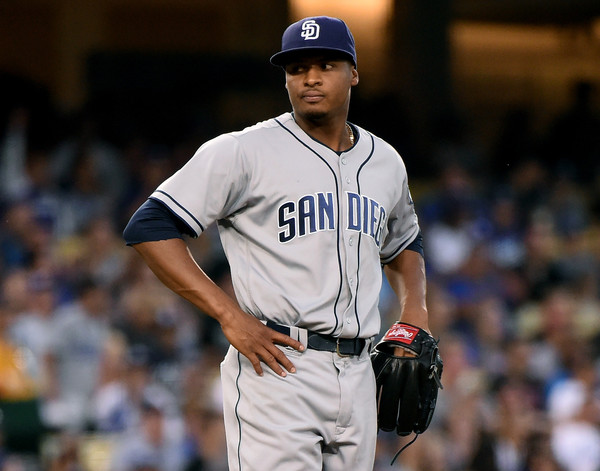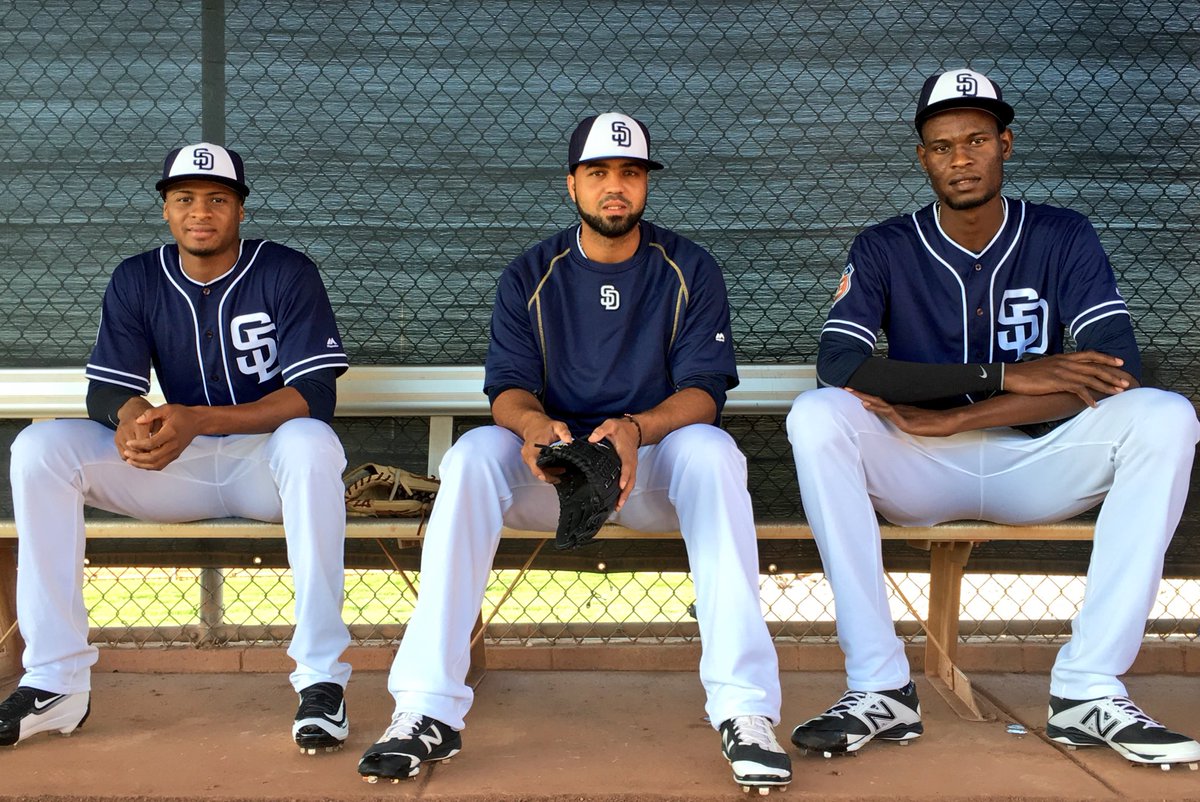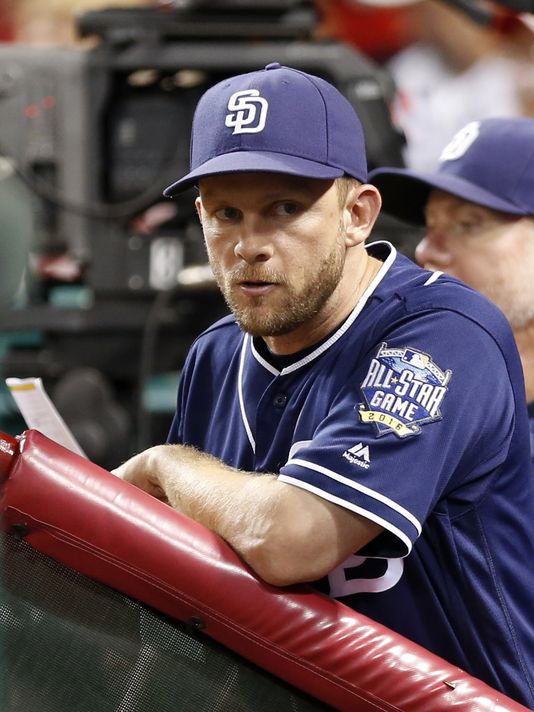The Three-Man Rotation, Revisited


“Dream in a pragmatic way” – Aldous Huxley.
In November, still dizzied by the intoxicating ridiculousness of Andrew Miller’s postseason, I dreamed up the concept of a re-imagined pitching staff for the hometown team. The article centered around the possibility of a three-man rotation (to be referred to as the TMR from here on out) that would allow for smaller, though more consistent, workloads for every arm on the staff. The theory had some positives to it: increased durability, improved financial flexibility in terms of roster construction, and reasonable restrictions on pitchers facing a lineup multiple times on a given day. However, concerns were expressed about the suitability of such a theory to a pitching staff made up of players accustomed to traditional roles on the mound.
Ultimately, the idea was just that: an idea. There were a few offerings of statistical support, and some foggy references to the actual implementation of such a newfangled concept, but the TMR remained an idea that was long on possibility and short on practical execution.
So, with February drawing close on our calendars and offering a greater deal of roster certainty than we had a couple of months ago, and with the help of baseball stats site FanGraphs’ newly-released splits tools, I figured now would be as good a time as any to revisit the notion of a new kind of pitching rotation.
In short: let’s dream in a pragmatic way.
The Basics
For those in the room who are unfamiliar with the TMR, we’ll begin with a review of the basic structure of the pitching staff. As stated in my previous article:
“Three starting pitchers rotate through each game of a typical three-game series. These starters (in name only) work through the beginning 3-4 innings of a game, allowed to continue past the first turn of the opponent’s order only based on match-ups and game flow. In a typical game, each would then be followed by 2-3 other pitchers coming out of the bullpen who each throw a couple of innings in relief. The result: no single pitcher throws more than fifty or so pitches in an outing, and each avoids facing a lineup more than once.”
In the spirit of specificity, I’d like to adjust these parameters into something more concrete. It would seem very doable to carry a twelve-man pitching staff, allowing the assignment of four pitchers to each match-up of a three-game series, thereby creating greater flexibility in the case of poor performance. Beginning with that aforementioned three-inning outing from the “starter,” manager Andy Green and pitching coach Darren Balsley would then be tasked with dividing six innings among three other pitchers, a very workable scenario that allows for a wide array of workload combinations (3-2-1, 2-2-2, etc.). Of course, this assumes that the game doesn’t go into extra innings, but considering that just 12 of the Padres’ 162 games in 2017 resulted in free baseball, that’s an assumption I’m willing to make.
What difference would a switch to the TMR really make though? Surprisingly (okay, maybe not), I have some thoughts on the matter…
The Starters

Let’s start our discussion where appropriate: with the starters themselves (*chuckles softly to self*). The Padres currently have nine players on their roster who have a legitimate chance of entering Opening Day as a member of the starting rotation. The issue is that the rotation, made up largely of buy-low lottery tickets both young and old, projects to be the Padres’ biggest problem area for 2017. In fact, FanGraphs projects the team’s current rotation options to contribute a collective (and impressively low) 8.7 wins above replacement, the worst in the major leagues.
Basically, there’s nowhere to go but up. Such a situation enables the organization to try ideas such as the TMR that could pay dividends by making the most of an abysmal collection of arms, all while creating a market efficiency where none previously existed.
Would things actually go up though? And would there be enough of an improvement to warrant an attempt at re-configuring the roster? Our attention here should focus on how pitchers’ performances differ on an individual basis between their first time through the order and subsequent trips through a lineup. A significant drop-off in performance the second or third time a pitcher faces a given lineup would make a strong case for the implementation of the TMR.
With that in mind, I played with the data from FanGraphs’ player statistics, breaking it down by time through the order and using numbers from players’ two most recent campaigns on the mound (so as to not overwhelm readers with data). The result was this table, a comparison of the two stat lines for each player in consideration for a starting spot in the Padres’ 2017 rotation. Green highlights show improvement from the first turn through a lineup onward, while red highlights do just the opposite. Clicking on the headings of each column will also redirect you to FanGraphs’ definition of that statistic for anyone who’s curious about the rationale behind any given metric.
There are a few noteworthy takeaways to be gleaned from the data set. One: the numbers of Paul Clemens and Tyrell Jenkins are bad no matter how you slice them. Like, really bad, to the point where they may be unrosterable no matter how Andy Green ultimately designs his rotation.
Secondly, looking at the xFIP numbers that give the best idea of the impact of such a statistical split on each player’s run prevention by eliminating the statistical noise around a player’s performance, one can see that the majority of pitchers demonstrate a decline the more times they face a lineup. Given that two of the players who do not fit that grouping are the aforementioned Clemens and Jenkins, with whom statistical regression would be a near impossibility, this observation becomes even more true. Luis Perdomo, Clayton Richard, Trevor Cahill, and Cesar Vargas all improve by close to a full run, displaying the kind of significant improvements that command a second glance.
Finally (and most exciting for me and my fellow Friar fans), I’d like to focus in on Perdomo in particular, easily the Padres’ most promising rotation piece at the moment. Selected by A.J. Preller in the Rule 5 draft last winter, Perdomo experienced plenty of growing pains in making the jump from High-A ball to the big leagues. His 5.71 ERA in 2016 is worth little more than a grimace. However, when you focus in on Perdomo’s first trip through an opposing lineup and normalize for the things Perdomo was directly in control of on the mound (strikeouts, fly ball rate, etc.), a slightly different picture is painted, as Perdomo’s run-prevention outlook not only becomes less cringe-worthy, but vaults into the league’s elite as well. In 2016, in fact, Perdomo’s xFIP while facing a lineup for the first time ranks fourth in all of baseball among starters. Ahead of him sit only Clayton Kershaw, Steven Matz, and Noah Syndergaard. Behind him? Names like Arrieta, deGrom, Strasburg, and Hendricks. I’d say that’s pretty good company, and it speaks volumes to the kind of potential that a simple rotation adjustment may carry for struggling San Diego starters in the years to come.
PAGE 2 LINK BELOW
Noah is a current undergraduate at the University of San Diego. In addition to his classes as a Business Economics student, Noah serves as the scouting director for the nationally-ranked USD baseball team and as an NFL correspondent with The Mighty 1090. You can follow him on Twitter @thebackseatlamp
This isn’t an original idea…I saw an article in the 1960’s that Gene Mauch wrote expressing essentially the same thing. He said baseball was moving in that direction. His proposal was slightly different given the times. A 9 man staff with each game having a set starter, middle reliever, and final reliever each pitching 3 innings every 3rd day. It was in an annual..The Fireside Book of Baseball..He was clearly ahead of his times.
“Fortune favors the bold.” I’ve read about this before and found it intriguing. Somebody’s got to lead, come on Padres jump out in front of this. At least a month or two.
Gotta also think about the hitting side of the equation. If you’re moving out the starter in 3 innings, if he is due to bat with runners on base and a chance to score, that’s one more bench player you may end up using to pinch hit. Could be a problem where you use up players too fast.
The one person that could make the TMR work is Bethancourt. Having a bench player that could also pitch is like having a 13th pitcher.
I love the idea, but it would take a bold team to try it. I think it makes more sense after the trade deadline after they’ve traded or cut some of the one year guys. I think this is a good model to bring some of the younger guys along.